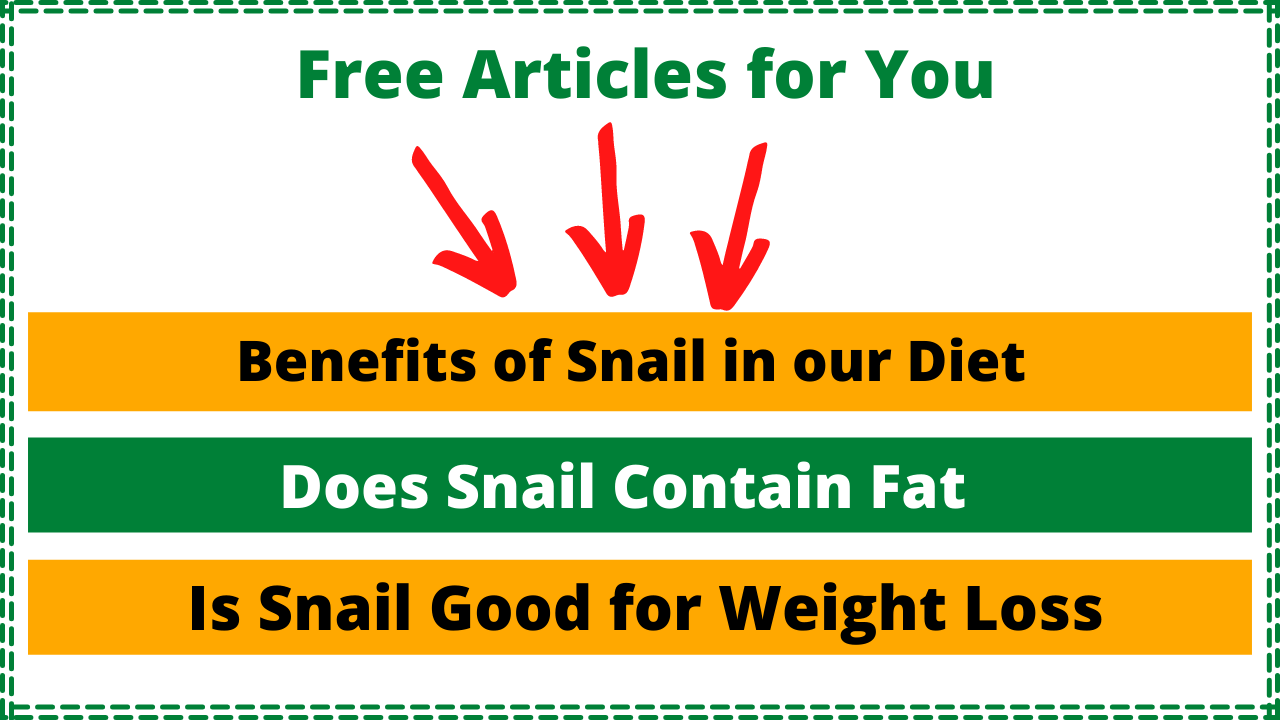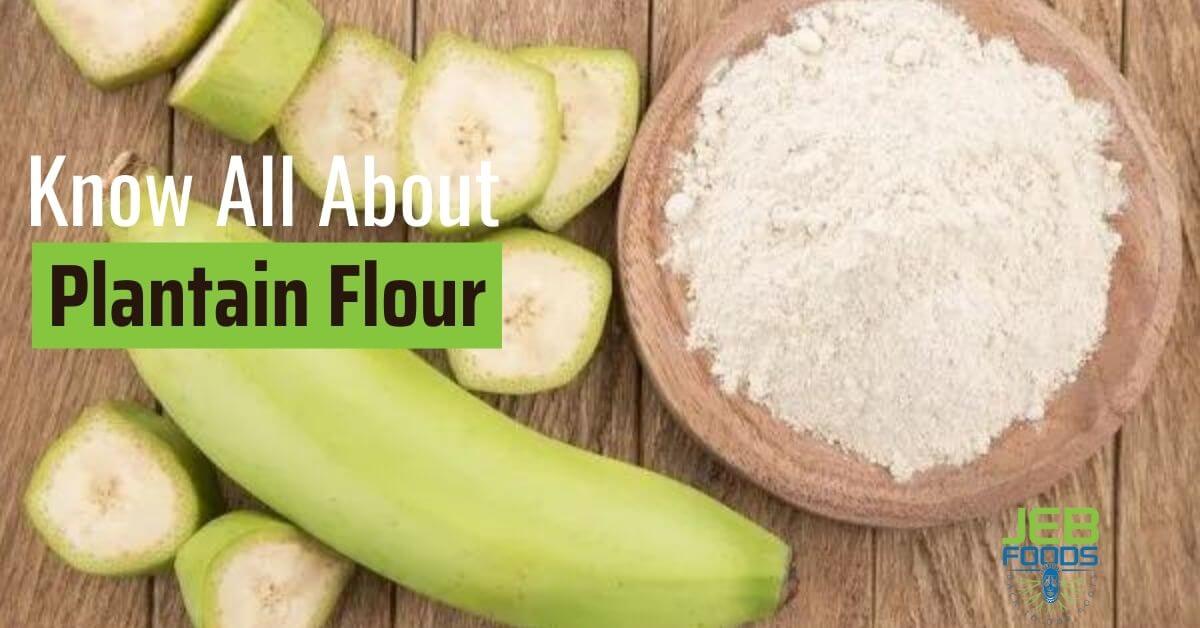Snail is one of the most sluggish animals globally but interestingly with many things to learn and know about. Let me highlight all that you need to know about snails.
I was 5years old in the city of Texas when I first saw a snail, and I fell in love with it. The shell and the beautiful make of the antenna, coupled with the fact that I can keep pace with it at my age, was love at first sight.
I asked numerous questions from my mom, which she could not answer about the snail, and that Is why now that I can say something about a snail after 2 decades, I am excited to put this down in writing.
You can see when and where snails first appear on Earth
Origin of Snails
Table of Contents
ToggleSnails may be found on every continent, probably except Antarctica, but certain sea snails may live in their surrounding seas.
They range in size from the small land snail Punctum minutissimum to the massive sea snail Syrinx aruanus, whose shell can be 30 inches long.
Although all snails are hermaphrodites (male and female sexual organs), they must mate to fertilize their eggs.
More than 1,000 land, marine, and freshwater snails may be found on at least six continents. Snails may be found in various habitats and settings due to their morphology, hermaphroditic reproduction, and specific adaptations.
They may thrive in unfamiliar environments with the support of other species.
Interested in more History about snails? Check it out
What are the Types of Snails
There are approximately 43,000 species of snails in the world.
Let me differentiate and classify the different types of snails into three categories related to their natural habitat and different shapes, colors, and sizes.
Land Snails
Land snails are characterized by leaving a kind of mucus or drool when they move, which helps them crawl on inclined or wrinkled surfaces.
They also have a shell that protects them from the outside world and escapes from predators.
These snails also have two long retractable tentacles; one has eyes while the others perceive the objects around them.
Terrestrial snails are hermaphrodites, but they cannot self-fertilize, so they must copulate to reproduce.
Freshwater Snails
Because there are over 4,000 different species, this type of mollusk has invaded pools, lakes, lagoons, and rivers worldwide.
Freshwater snails, like land snails, are hermaphrodites; however, unlike land snails, they do not need to mate to reproduce and may fertilize their eggs.
The life span of freshwater snails is approximately one year, although specimens can reach 5 years.
Sea Snails
Sea snails, accustomed to living in salt water, are recognized by their sizeable spiral-bound shell, with an opening that allows the animal to access the outside world.
They have similar characteristics to other types of snails but show differences in size and color.
The shell of the sea snails can be used as musical instruments or to communicate from a distance since ancient times.
Transparent Snail
Located in Croatia, the Lukima Jama-Trojama cave system is one of the deepest caves on Earth, with tunnels reaching up to 1.4 kilometers below the Earth’s surface.
Despite this, traces of life can be found in these depths. One of the species living in the depths of these caves is a tiny, blind, and transparent snail named Zospeum tholussum. Type an average of 2 millimeters tall.
Other types of snails include;
- Rabbit snails
- Ramshorn snail
- Nerite snail
- Physe snail
- Killer snails
- Burgundy Snail
- Garden snail,
- Helix Snail
- Giant African snail
- Archachati snail
- Achatina Achatina snail etc

What Do We Know About Snails
Snails are single-shelled (gastropod), cute, petite, crustacean land animals in the Orthogastropoda class of the Mollusca branch.
In the eyes of some, they have their homes on their back (there is a large species among them, the land snail Achatina achatina, the giant African snail).
It has a muscular foot that provides movement on the lower side, a transparent curved shell covering the body on the back, and two pairs of antennae on the head.
The anterior antennae in the snail are short and serve as tissue and scent. The eyes are at the end of the extended part on the back.
Shell-less snails are called slugs or slugs. There is also a tiny crust under the skin.
Moist places are also found under large stones and are abundant in places such as woods and forests.
Since they eat the green parts of the plants, they cause significant damage to the gardens and orchards.
Check out the most beautiful snails in the world
What Are The Common Features Of Snail
The following are the characteristics of snails:
Snails are crustaceans or naked animals that live on land, in the sea, and in freshwater.
It thrives in hot, humid, and wet climates.
They crawl with muscular feet beneath the belly.
Their mouths have a toothed tongue known as a ‘radula.’
Other unique features are:
- They have a shell.
- Hermaphrodite Snails!
- Land snail species are mostly ‘hermaphrodite,‘ meaning they have both male and female reproductive organs.
- Some snail species hibernate during the coldest months of the year. They cover their bodies with a thin layer of mucus that prevents them from drying out. Some snails also go into hibernation-like aestivation to survive the summer months.
- Snails are more common in the rainy autumn months. There is a slimy liquid between their shells and their bodies. While this liquid freezes at shallow temperatures, it evaporates at high temperatures and causes drying. This liquid in their body leaves traces where they pass as the snail’s move.
- It can hide under the ground to protect itself in extreme heat or cold. They are known to live up to 15 years.
- Snails can be both male and female.
- Calcium carbonate shells
- Snails are deaf!
- The teeth are tiny and are used to break up and grind food. The average garden snail has over 14,000 teeth in a row on its tongue.
See what will happen when you eat a snail.
What Are The Organs Of Snails
Their hearts are two-eyed and surrounded by a pericardium. They have open blood circulation. After the respiratory organs in the mantle cavity are cleaned, the blood comes to the creature’s heart.
They always have clean blood in their hearts. Sea snails breathe through gills underwater.
Some backless species also assist leathery gills. Mountain and garden snails living on land breathe lungs.
More precisely, the upper vascular region of the mantle cavity in the front served as a respiratory organ. Lung snails living in freshwater sometimes have to come to the surface of the water to fill their gills with air.
Snails find their direction according to their magnetic field. They leave slimy trails as they crawl. Their shells are connected to the body by a muscle.
What Do Snails Feed On
Generally, Snails require carbohydrates for energy and protein for development. They are vegetarians and may eat a wide variety of things.
Like other migrating animals, snails require a lot of calcium (Ca) deposits in their surroundings for their shells and other migrating animals.
- Snails require calcium supplements to strengthen their shells.
- Snails prefer leaves and vegetables.
- They prefer delicate, fleshy fruits.
- Some flowers are edible to snails.
- Snails consume tuber crops such as cocoyam, cassava, yam, sweet potato, and plantain.
Others are:
- Cucumbers
- Mangoes
- Apples
- Leaves of dandelions
- Pepper
- Mushrooms
- Carrots
- Cabbage
- Corn
- Melons
- Spinach
- Apple and Apple Leaf
- Apricot, Artichoke (One of the favorite foods)
- Barley
- Beans
- Daisy
- Cauliflower
- Celery and Celery
- Stalk
- Lettuce / Curly (One of the favorite foods)
- Radish
- Wheat
- Tomato (Also a favorite)
- Pumpkin
- Parsley
- Peach
- Peas and the likes
Find out If snails are good or bad for consumption
What Snails Should Not Be Fed With
- Infected meals.
- Starchy food
- Chlorine water.
- Salty foods
How Do Snails Feed
- Snails may or may not eat every day, depending on the weather.
- The wet season (or irrigation) encourages feeding because the wetness makes it simpler for the snails to move around; the wet season (or irrigation) encourages feeding.
- Snails are nocturnal creatures by nature. They are primarily active at night, which indicates that they are nocturnal.
- All types of snails go out at night or very early in the morning in search of food. They employ their acute sense of smell when searching for food.
- Snails are vegetarians who eat various foods, including vegetables, fungus, tubers, algae, and fruits.
- Young snails may consume almost twice as much food as adults, and they prefer soft leaves.
- Before food reaches the esophagus, snails scrape or chop it away with their radula (a portion of their anatomy used to chew up food).
- Snails do not have teeth like mammals. Snails, like other mollusks, have a specialized food processing organ.
See what will happen when you eat a snail.

What are the Benefits of Snails
Snails are beneficial for the following reasons:
- Food Use: Snails are primarily used for food: their meat is highly sought after in countries such as France and Spain, where it is a popular dish; snails are also used in many regions of Italy.
- Snail Slime: Snail slime is a substance rich in properties and therefore famous in the market. It is used in pharmacies for its healing power due to allantoin. It is widely utilized in beauty creams and ointments due to its ability to regenerate skin cells.
- Snail Eggs: Snail eggs are highly sought after and are sold at very high prices. Consumption of “snail caviar” or “Aphrodite pearls” is a novelty in Italian gastronomy, but chefs enjoy great success.
- Since the liquid secreted naturally in the body structures of snails provides skin regeneration, many skin and face snail creams are frequently used in the cosmetic industry.
- The snail mask is an entirely natural product that does not cause any side effects on the skin. This eliminates various skin problems with regular use.
- It nourishes dry skin by maintaining its moisture balance and provides an anti-aging effect by treating fine wrinkles and also clears acne scars and skin blemishes.
- Snail meat has a protective role against cancer with its lectin content.
- With tryptophan, the substance relaxes the brain and reduces stress.
- Snail droppings are environmentally beneficial. The droppings of a snail are not hostile to its neighbors.
- Snails can lay up to a hundred eggs at a time, which, if cared for carefully, can be groomed to produce more food because each species has both male and female; they may mate at any time of year.
- Snail meat is rich in potassium, phosphorus, and Omega 3 with high protein and low-fat content.
Here are all the nutritional benefits of snails in our diets
How Do Snails Mate
Snails are not as lucky as us. To mate, they have both a penis and a vagina; they are androgynous so that they can mate with anyone.
Jeremy’s species, Freshwater snails, cannot perform both male and female functions simultaneously because there is only one reproductive organ cavity.
Fortunately, they do not have to endure this pain and can enjoy their love more: both partners play their part, and both are satisfied (at least they are not hit).
In this case, one takes on the male and one female role. Then they immediately switch roles so that they can both get pregnant. Land snails can do this in one go.
Snails prepare to mate by circling each other for hours. They touch their tentacles together, stimulate their breeding sites, and then take up positions.
Land snails take one more step before inseminating each other; this is called a love dart.
They shoot at each other like a sharp-pointed dart. One of the snails acts first, injecting its sperm into the other to have fewer offspring. Sexuality has never been more competitive.
Unlike a typical dart, in a love dart, the needles don’t fly in the air. Snails are blind. Their tiny eyes only detect light and some movement, but they can’t see well enough to aim and fire a dart from afar.
Instead, they hit each other with love darts strong enough to go straight through their lovers. They also miss most of their time.
Then mating comes, and they stay like that for a while. Snails are pretty egalitarian. Afterward, both snails lay some eggs within a few weeks.
How Do Snails Reproduce
Since most snails are female, the same individual can have both male and female reproductive organs. During the breeding season, they provoke each other by shooting love arrows.
As female snails fertilize each other mutually, sometimes one of the spouses can serve as a female and the other as a male.
Land snails lay their shell eggs en masse in leaf and soil cavities. After snails bury their eggs, the so-called gestation period is generally brief. Some snails hatch in as little as 24 hours, while others take up to four weeks. The typical gestation time in the wild is two to four weeks.
They deposit their little white eggs in a cluster just beneath the soil’s surface in the late summer or spring. Tiny baby snails with their shells are born after a few weeks of incubation.
The newborn snail consumes the egg from which it hatched because it contains calcium, which aids in the hardening of its shell.
On the other hand, Aquatic species attach their eggs to the bottom in a gelatinous mass or lay them in the stream. Most snails are herbivores. Apart from a few parasitic species, there are also carnivorous ones living in the seas.
What Is the Growth Time of a Snail to Maturity
Land snails typically attain adulthood between the ages of 6 weeks and 5 years.
Some mature sooner or later depending on whether their external environment is favorable or unfavorable to their growth.
How Long Do Snails Live
In the wild, most snails survive two or three years (in the case of land snails), although larger snail species can live up to ten years when cared for and fed!
The Helix Pomatia, on the other hand, lives in captivity for the most extended duration, at 25 years.
Snails have two heart chambers, one atrium, and one ventricle, in most cases. Few people have two atriums, resulting in a three-chambered heart.
A valve between the atrium and the ventricle stops blood from flowing backward. Snail circulation is unrestrained.
Do Snails Pose A Threat
The answer is Yes!
Some snails emit poison, and those that spray sulfuric acid. Master hunters who can open their shells, such as oysters and mussels, can be found. There are even fishermen with their powerful proboscis.
Since many varieties that survive by eating seaweed cannot digest chlorophyll, leather fringes resembling leaves are also stored. With the chlorophyll here, photosynthesis occurs in sunlight and produces a sugary substance for the snail.
In some western and far eastern countries, snails are a sought-after food. The Romans created snail farms to eat in private gardens that were surrounded.
Some of the snails produce toxic raw materials and cause medical diseases as they host many microbes.
Snails are usually herbivores; they can cause damage because they eat the fresh shoots on the plants. Farmers protect their crops using various methods to protect them from snails.
When the snails are few, they are collected and taken to a distant place. You can keep them away when they are many by pouring garlic juice on garden walls, trees, between vegetables, or hanging garlic.
Another way to protect yourself from snails is copper rods. It is thought that the copper strips interact with the fluid secreted by the snails and cause them to move away by creating a current.
One of the reasons for the consumption of snails is for its nutritional benefits but Does eating snails boost blood
What Are Snail Diseases
In many tropical and sub-tropical countries, parasitic illnesses transmitted by snails, such as:
- Angiostrongyliasis
- Clonorchiasis
- Fasciolopsiasis
- Opisthorchiasis
- Paragonimiasis
- Schistosomiasis
All of these pose health concerns and generate severe economic issues.
Can Edible snail cause illnesses? Find out all about snails and possible illnesses
What Are The Control & Prevention of Snails’ Diseases
There are means to control and stop the diseases caused by snails. Let me highlight them for you to see.
- When visiting places where schistosomiasis is present, avoid swimming or wading in freshwater.
- Drink only hygienic water
- Bathing water should be heated to boiling point to kill any cercariae and then cooled before bathing to avoid scorching on the body.
Final Thought
Having seen all this information about snails, you should know all about snails, ranging from the types, what it constitutes, features, threats, mating, reproductive stance, lifespan, what snails eat to stay alive, and its economic and economic health benefits, and the likes.
There is more to snail than what I have covered. Especially is it is good or bad to consume snails
One of the reasons for the consumption of snails is for its nutritional benefits but Does eating snails boost blood
I recommend you get dried-freeze Giant African Land snail for healthy snails.




